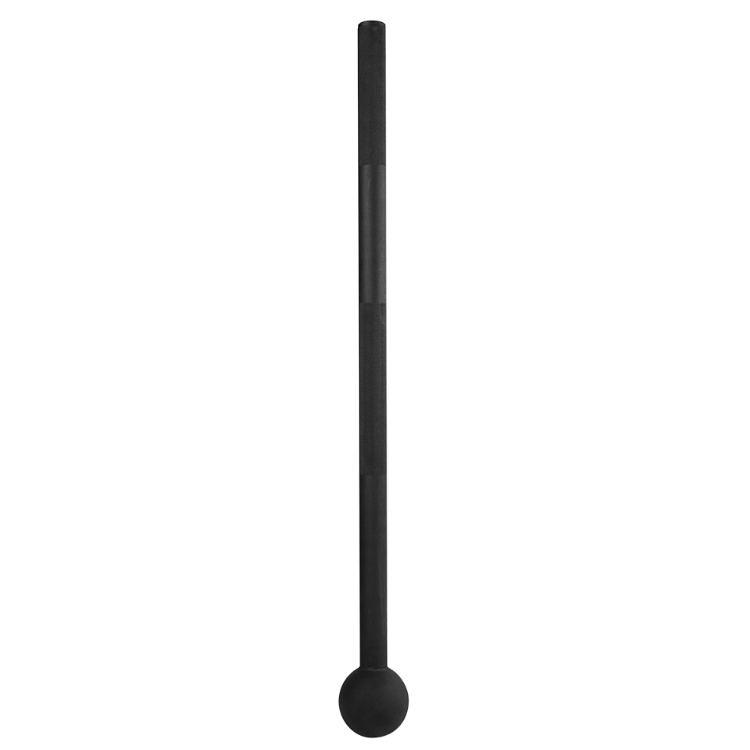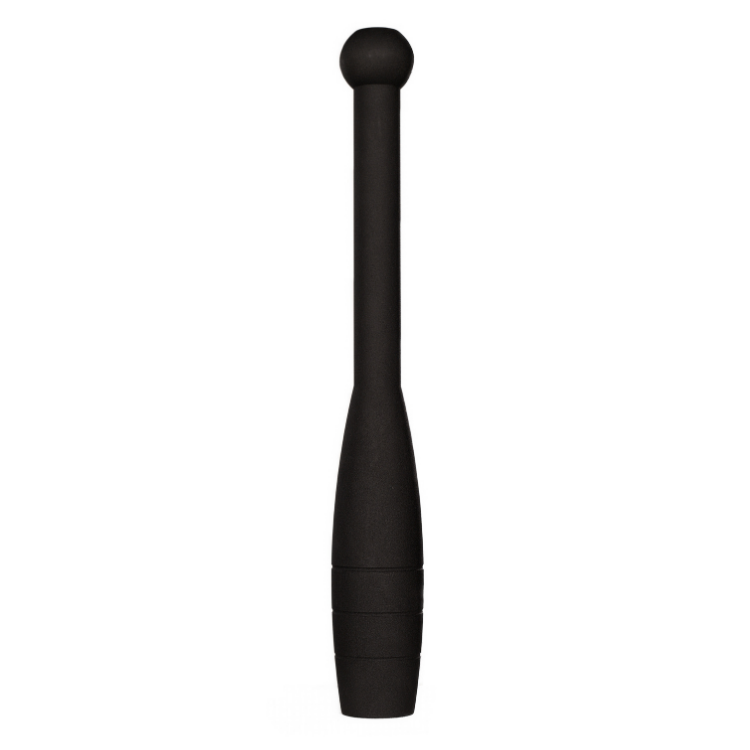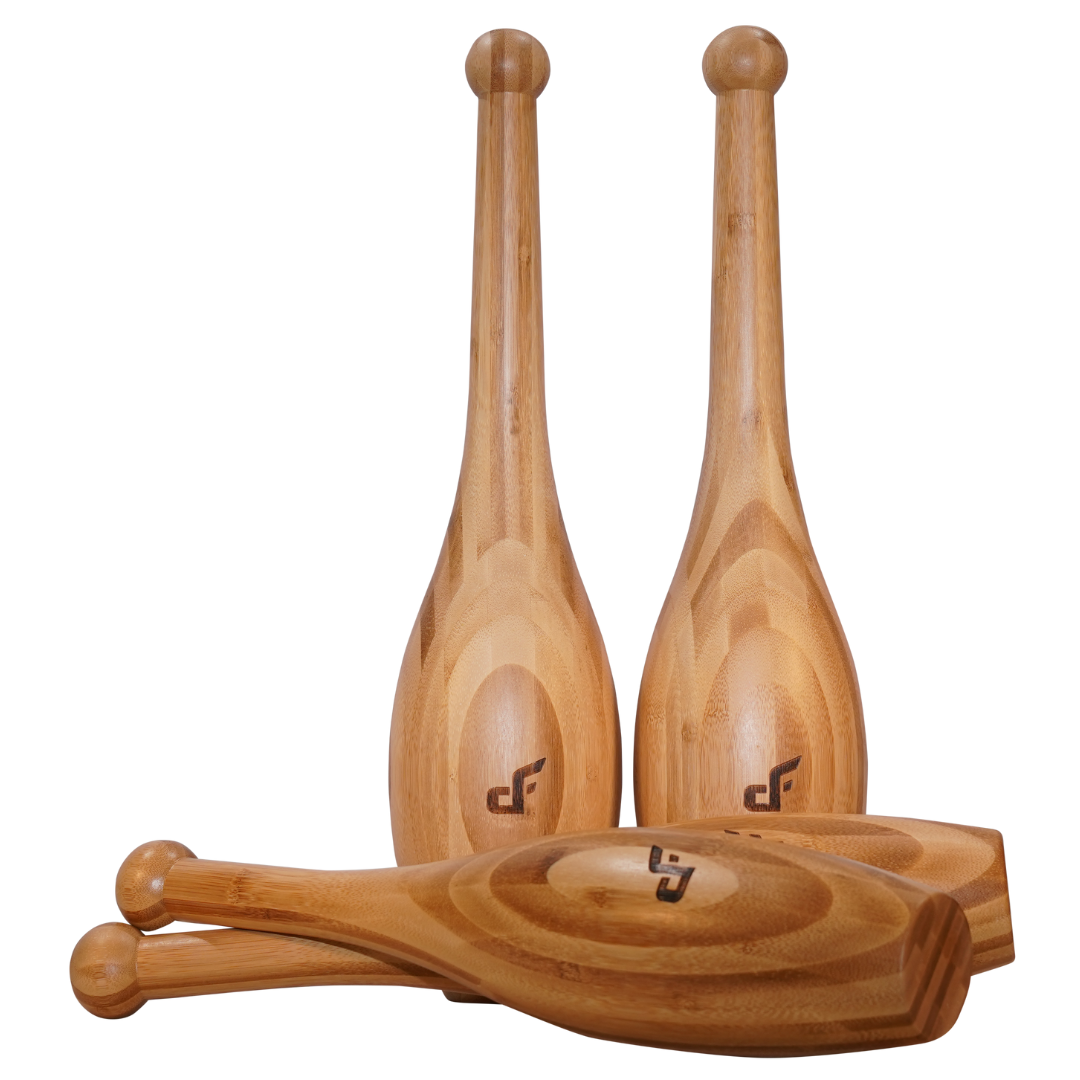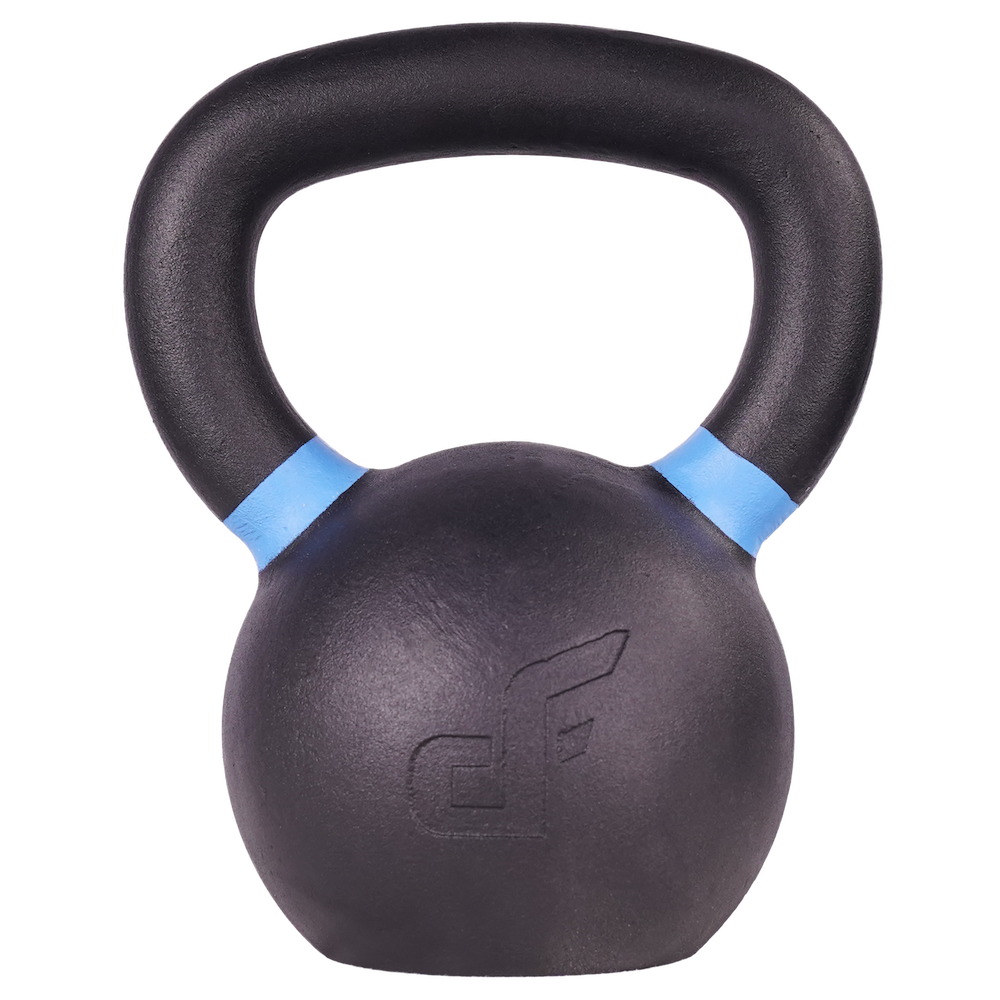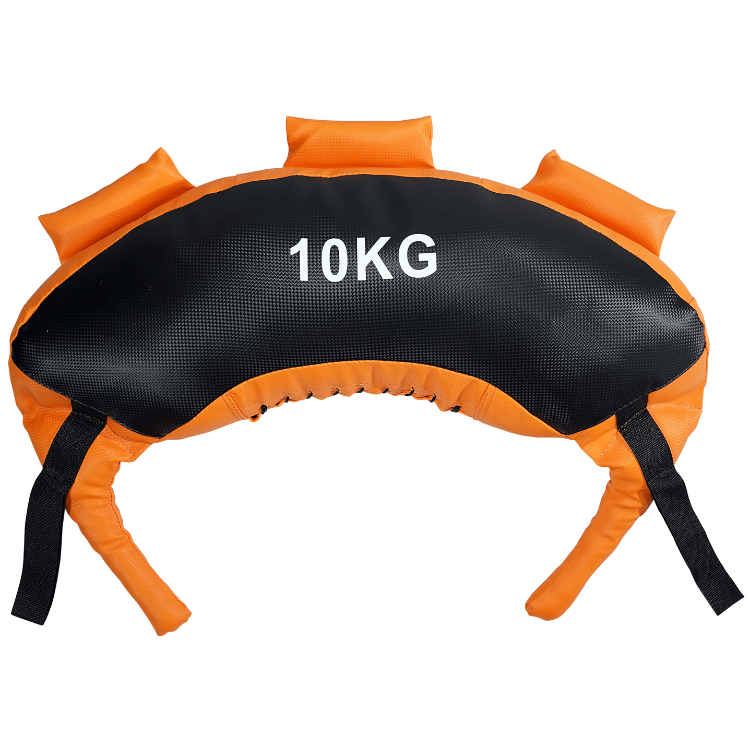Stance
Depending on your training goals you can either choose to stand or kneel when performing battling rope movements.
Kneeling on a mat or pad prevents you from using the lower body to stabilise and forces your core and hips to work harder.
If your goal is to challenge these key areas, then kneeling might be a good option for you to include in your programming.
Kneeling is also a good option for those carrying lower body injuries, particularly for individuals with hip, knee and ankle issues.
If you’re unable to kneel, many of the same benefits can be achieved performing the exercises whilst sitting down.
Standing will force your core muscles and lower body muscles to engage and stabilise the movement in unison.
Squatting down a little will activate the quad dominant muscles, while the hip dominant muscles are forced to engage to resist the forward pull generated by the rope’s undulations.
Your core and entire kinetic chain has to work hard to control the force that comes back at you through the rope to prevent you from being thrown off balance.
If your goal is full body strength and stability, then use the standing position in your programming.
Posture
It’s important to understand good posture when exercising otherwise muscles imbalances can develop, which will in turn hamper your overall power output and increase your risk of injury.
Battle rope training generates force in the lower body that is then transferred to the upper body and vice versa with your core as the link between the two.
Therefore, to move the ropes, maximise the training benefits and perform the exercises with proficient technique, it’s important to lock in the core and keep a neutral spine.
Neutral Spine
The way I like to cue the ‘neutral spine’ is to think of a straight line running from the crown down to the coccyx.
If you were to hold a broom stick along the spine there should be three touch points.
- Back of the head
- On the thoracic spine (between the scapula)
- Back of the pelvis
If there is anything less than three touch points, then the spine is not properly aligned.
Head and Neck Position
Keep your head positioned in the centre and balanced equally between the shoulders, the back of the head should be in line with the upper back. If the battle rope is mounted on the floor or 2-3 feet above the floor, keeping the eyes fixed on the anchor point will help keep proper spinal alignment through the neck.
Shoulder Position
The weight of the rope will want to pull your arms forward, be sure to keep the scapula retracted so that the shoulders remain in a strong position. Your shoulders should also stay packed down to avoid shrugging.
Upper Back Position (Thoracic Spine)
The ideal position for the upper back is to keep a natural thoracic curve, if the curve is too excessive the shoulders will slouch forward and the chest will flatten. Keep your chest proud, retracting the shoulders will also help with proper upper back alignment.
Lower Back (Lumbar Spine)
The lumbar spine and pelvis are directly related, so proper lumbar alignment will also help properly align the hips.
The ideal lumbar spine position should have a slight inward curve. To assess lumber spine alignment, use the broomstick test outlined above.
With the broomstick placed along your spine, slide your hand through the space between the lumber spine and the broomstick. You should only be able to fit an open hand through this space. If you can fit more than an open hand (a closed fist) through this space, then there is excessive curvature.

